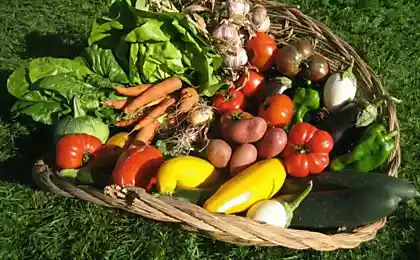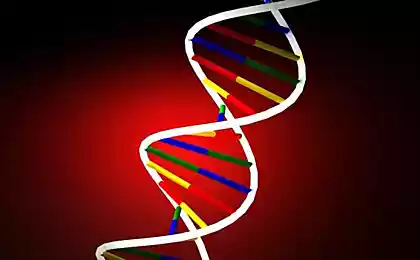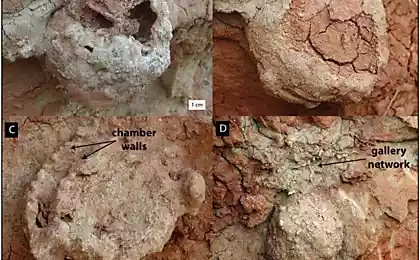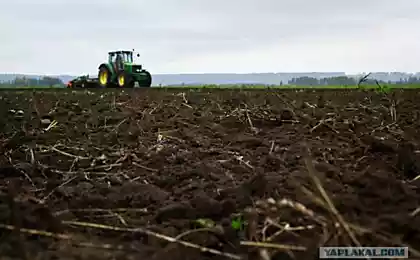462
Agriculture came to Europe by sea

DNA analysis of "farmers" from the territory of one of the centers of origin of agriculture in the middle East "Fertile Crescent", has revealed unexpected genetic relationships.
Agriculture and animal husbandry probably first came to Europe from the Middle East by sea and not by land, as previously thought. This is the conclusion reached by researchers from Spain and the UK, for the first time by determining the sequence of mitochondrial DNA of early middle Eastern "farmers". The paper was published in the journal PLoS Genetics.
Agriculture and animal husbandry originated during the "Neolithic revolution", about 12 thousand years ago, in the middle East, in the region of the Fertile Crescent. The transition from the appropriating economy (hunting and gathering) to food producing (farming and herding) have had a huge impact on human history. One of the main consequences of the "Neolithic revolution" was a significant population growth, the formation of cities and the first civilizations.
Agriculture quickly spread from the Middle East to Europe. The last half century actively discussed the question of whether this process is the result of migration of people or it was the result of the dissemination of ideas. The data of archeology, anthropology and linguistics, and genetic studies in recent years favor the first hypothesis: agriculture and animal husbandry spread to new areas by migration of people, not ideas.
The fact that it is so, in particular, showed the DNA of the first farmers of Catalonia, the Basque Country and Germany. Until recently, however, the results of genetic analyses of the first European "farmers" were compared with DNA of modern inhabitants of the Middle East. The study pointed to a direct genetic link between the inhabitants of these regions. It was assumed that agriculture spread to Europe "on land" – the territory of Asia Minor.
In the new study, which had been worked by scientists from the universities of Barcelona, Liverpool and Madrid, was first analysed samples from three sites located in the regions of origin of agriculture: the Middle Euphrates basin and the oasis of Damascus (modern Syria). The age of the samples is about 8 thousand years BC.
The middle East analysis of the samples confirmed the genetic link between the first farmers of the Fertile Crescent and their "colleagues" from Catalonia and Germany. The most close connection is traced between the ancient population of the Middle East and the inhabitants of Cyprus and Crete. This relationship is confirmed also according to archeology: similar architecture and funerary structures. In addition, the possibility of such connection points and a radiocarbon date, obtained during the excavations in Cyprus – about 10.6 thousand years ago. That is, the agriculture there was in Cyprus and Crete relatively quickly after its occurrence.
The first farmers-migrants were probably a small group of colonists-be sailors, not people, moving by land, say the authors of a new study. Meanwhile, although scientists think the sea route is the most probable and earliest way of the spread of agriculture, they do not deny the hypothesis of "Anatolian" way, the first "farmers". They indicate that both routes may be closely related. In order to clarify migration routes of the period the "Neolithic revolution", requires an increase in the number of samples from the "Fertile Crescent" and a more detailed analysis, the researchers conclude.
Source: nkj.ru





















